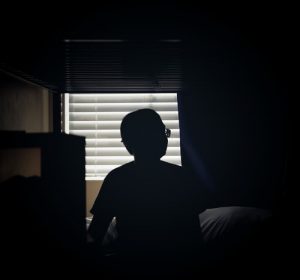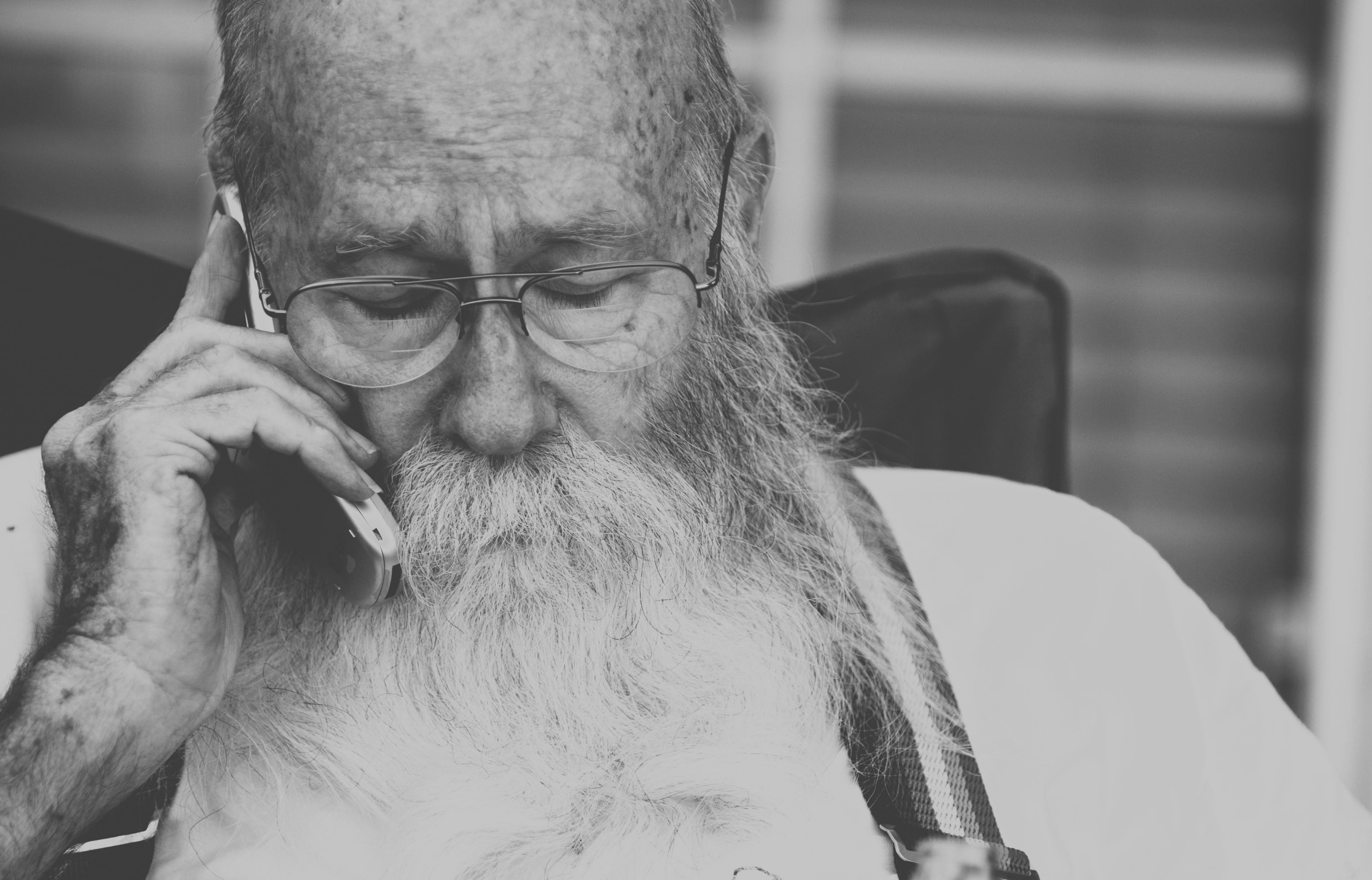Preventing pressure sores in nursing homes and hospitals is a relatively straightforward task. If a nurse is on top of providing the required care to the patient, a bedsore will not form.
When a patient is neglected, deep bed sores can develop on their skin. Bed sores are preventable wounds that cause unnecessary pain and suffering. There is no excuse for allowing a bedsore to develop inside a facility. These pressure wound injuries generally develop from patient neglect.
Pressure ulcers are a “never event” in hospitals and nursing homes, as per Medicare guidelines. This means they should never occur.
Bedsores, also called pressure sores or decubitus ulcers, frequently occur in nursing homes and hospitals as a result of nursing negligence. Bed sores are not an acceptable part of a hospitalization or nursing home residency. Untreated bed sores can result in sepsis, osteomyelitis and a whole host of other health issues, including wrongful death.
Any pressure sores that you have noticed on your family member should be shown to the doctor and head nurse as soon as possible. Document the bed sore with pictures and create a list of the nurses and doctors you have spoken to about the wound.
Medical facilities should be — and can be — held responsible for these preventable and horrendous wounds. The law provides for an avenue of recovery through the civil justice system. This is called a bed sore neglect lawsuit, and this claim can be filed against the negligent nursing home or hospital where the bedsore developed.
How Do Bed Sores Form in Nursing Homes?
Lack of movement and improper hygiene are major factors in developing bedsores. Pressure sores result from restricted blood flow in a particular area — usually the heels, buttocks, back and head. However, compromised blood flow does not excuse bed sores.
When an at-risk patient cannot move in bed on their own, the nursing home or hospital nurses must reposition the patient every two hours to offload pressure and prevent bedsores. If the facility staff is not doing this every two hours, this is an example of nursing neglect. Federal laws are in place to protect patients from this carelessness. However, bedsores are still rampant throughout long-term care facilities, usually due to understaffed and overworked nurses. If a patient is left in their own urine, further underlying infections can result. The deteriorating skin can be permanently damaged.
Regular movement of patients at scheduled times (at least every two hours) and properly checking to make sure that clothing and bedding are dry are the responsibility of the nursing home or hospital. If the facility is doing an adequate job of hiring and training personnel, these routine patient care techniques should be in place. The standard of care requires that at-risk patients be turned every two hours by staff. The use of cushions, special pillows, air mattresses and other items to reduce skin pressure should be done regularly for non-mobile patients.
5 Fast Facts About Facility-Acquired Bed Sores
- Nursing homes and hospitals are legally required to track new and existing areas of skin breakdown.
- Most insurers will not reimburse a facility for wound care on bedsore developed in the facility. This is because these wounds are viewed as preventable if appropriate care is given.
- The most effective treatment of bed sores is preventing the wounds from developing.
- Most patients that develop a bedsore die within one year of the wound.
- The most common cause of death via bedsore is infection; sepsis (blood infection) and osteomyelits (bone infection).
What Does Having a Bedsore Feel Like?
Patients have described a painful, infected bedsore as absolute misery. It may start out as mild irritation, but it can soon develop into debilitating pain. This means that the patient is never able to get comfortable and is in constant pain from the wound.
The underlying wound infection can also profoundly change a patient’s life. In some cases, the pressure wound can even be deadly.
Bed Sore Photos and Staging of Bedsores
Bedsore photos are shocking and revolting. Even with decades of combined experience handling these kinds of claims, our bed sore lawyers are still horrified at seeing photographs of the wounds.
Bedsore pictures usually show a gaping hole in the skin, typically on the backside (sacrum) or the heels. They are painful, unsightly and can lead to deadly infections such as sepsis or MRSA.
Bedsores are staged based on severity from Stage 1 to Stage 4. A Stage 1 bedsore is a smaller red spot, while a Stage 4 bed sore is a severe, cavernous wound that may be infected with osteomyelitis. Below are professional pressure injury illustrations that depict the various stages of bedsores. If you are unsure which stage wound your family member has developed, speak with our bed sore attorneys today so that we can obtain the relevant medical records and determine the stage of the wound.
Documenting your family member’s wound with photographs is crucial. They say a photograph is worth a thousand words. This is true in bedsore neglect claims. Pictures of the wound are necessary to prove 1) that a bedsore existed and 2) to date when the bedsore developed. Bed sore pictures can be used against the nursing home or hospital later in court.
Never rely on the facility to document the bedsore with photographs! Even if you see the wound care team taking pictures of the pressure ulcer, do not assume that those photos will make it into the medical record. Be sure to document the wound yourself by taking your own photographs, which can serve as evidence later on in your nursing home abuse claim.
Bed Sore Statistics in Nursing Homes and Hospitals
According to the Centers for Disease Control, more than 10% of patients residing in nursing homes suffer from pressure sores. Of those patients, 50% of them had a Stage III or Stage IV bed sores, which means that it was a severe pressure ulcer. Pressure ulcers are a ‘never event’ in hospitals and nursing homes. This means pressure sores should never occur inside a facility and there is usually no excuse for bedsore formation.
The most common victims of bedsores are patients over the age of 60 who have compromised mobility. When a patient has compromised mobility, it means that they cannot move or reposition themselves in bed. Statistically, bedsores occur far more often in nursing homes versus hospitals or in-home elder care. This is likely due to systemic understaffing in America’s nursing home industry. If there are not enough nurses working on a facility floor, not all the at-risk patients will be turned and repositioned. When patients are neglected and left lying in bed in their own urine and feces, infected bedsores develop. Although statistically most bed sore sufferers reside in nursing homes, hospital-acquired bedsores do occur and are usually due to patient neglect as well.
According to bed sore statistics, the most common cause of skin breakdown is the failure to turn and reposition the patient. Dehydration and malnutrition are the second leading cause of pressure injuries.

Shockingly, patients are more likely to develop pressure sores in today’s nursing homes and hospitals then at any other time. With budget cuts and realignments in the medical sector, facility nurses are understaffed. Nurses are also under-trained and doing jobs for which they are not qualified, resulting in inadequate care of patients, which is unacceptable. Studies such as those documented in the National Library of Medicine National Institution of Health stated that patients admitted to hospitals from a nursing home were more than five times more likely to have pressure sores.
Who is at Risk for Bed Sores?
- Aging – elderly people have thinner skin, which vastly increases their risk of getting ulcers.
- Lack of pain receptors – some elderly people have nerve disorders that prevent them from feeling the pain and discomfort that lets a person know they need to change their position in bed.
- Incontinence – the moisture associated with incontinence can boost the chances of developing pressure injuries. Urine and feces also add to the risk of infecting the pressure ulcer wound.
- Malnutrition – deficiencies in certain nutrients can skyrocket your chances of developing a bedsore and makes developed bedsores harder to treat.
- Diabetes or vascular disease – Diabetes, Peripheral Vascular Disease (PVD) and Peripheral Arterial Disease (PAD) accelerate wound development. Further, these diseases compromise blood flow and make existing bed sores harder to treat. However, vascular blood flow insufficiencies are not excuses for pressure ulcer development.
- Smoking – nicotine acts in a similar way to circulatory diseases, restricting blood flow and not allowing proper circulation to the affected area.
Preventing Bed Sores in Nursing Homes
Preventing pressure sores in nursing homes and hospitals is a relatively straightforward task. If a nurse is on top of providing the required care to the patient, a bedsore will not form. Unfortunately, nursing homes often fail to reposition immobile individuals every two hours, fail to properly place cream on existing small pressure sores, and fail to give proper nutrition intervention to those at risk. This allows bedsores to form.
Here is a quick checklist that can be used to prevent bedsores in nursing homes, hospitals, and assisted living facilities:
- Reposition the patient at least every two hours in bed and every 15 minutes in a wheelchair
- Place special creams on bedsore to help the wound heal and stay clean
- Use a donut cushion when the patient is sitting in a chair or wheelchair
- Utilize a special air loss mattress to offload pressure of the affected area
- Use a wound vac on existing pressure ulcers
- If the wound is severe enough, plastic surgery can be performed to close off the wound and prevent further infection and deterioration
Pressure injury prevention is the responsibility of the facility. As a layperson, knowledge is power. The best thing to do is to equip yourself with the knowledge about bedsore prevention and communicate with the facility so that they provide the appropriate standard of care to your family member. Remember though: appropriate care is their responsibility, not yours.


Join the conversation!